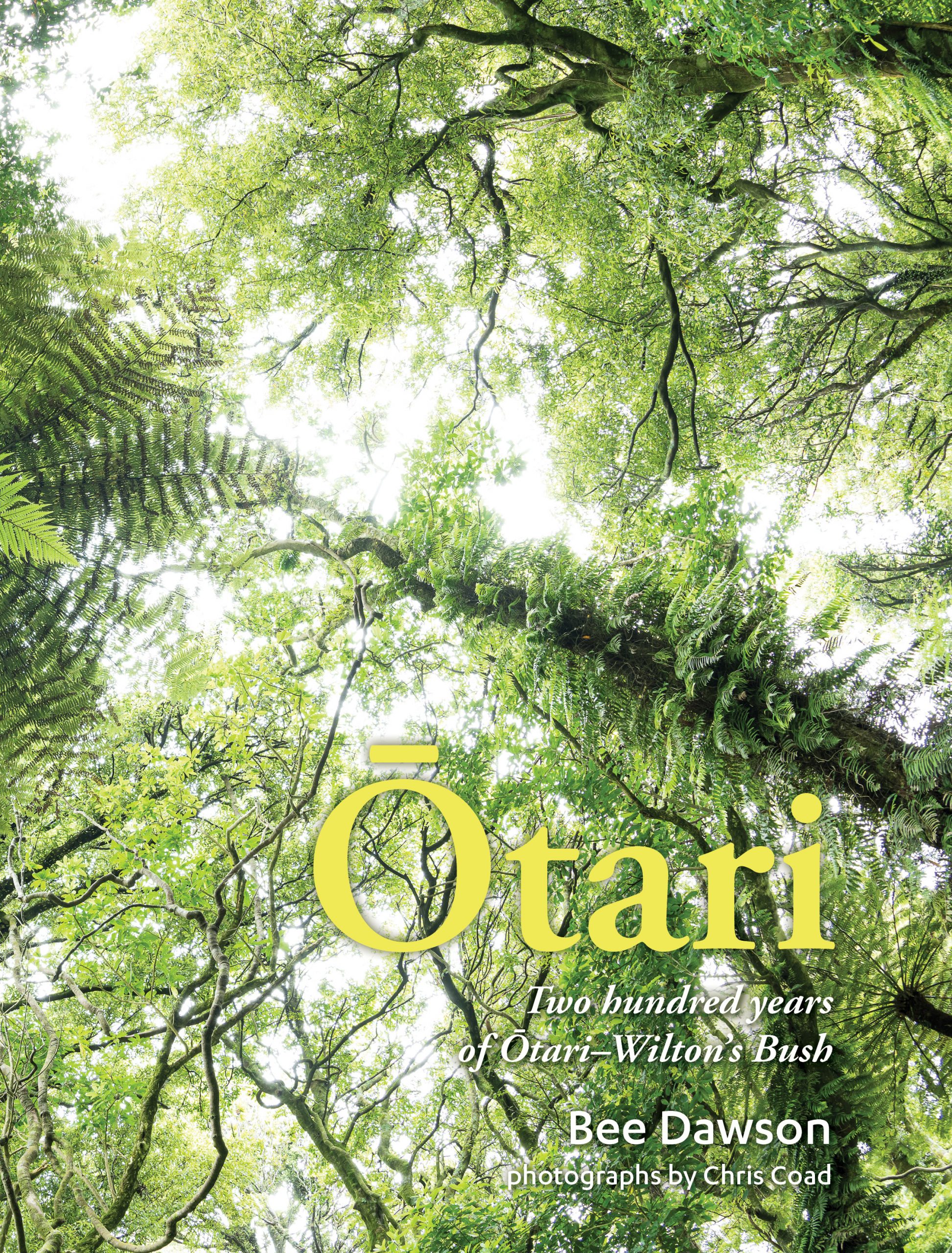Bee Dawson is the author of Ōtari: two hundred years of Ōtari–Wilton’s Bush, with photographs by Chris Coad, published in November by The Cuba Press. She has published 20 books of social and gardening history including A History of Gardening in New Zealand and Lady Painters: the flower painters of early New Zealand.
Which book do you wish you’d written and why?
1939. The Last Season. I love the way that the author, Anne de Courcy, juxtaposes her descriptions of the last ‘flutter’ of English 1930s ‘society’ (dizzy debs in glorious frocks, grand garden parties, gallons of champagne and flower arrangements by Constance Spry) with the chilling reality of impending world conflict. Compelling.
Which book had such an impact on you that you bought it for your friends?
Suite Française by Irène Némirovsky. This is an extraordinary evocation of life in France during the first year it was under German control in World War IITwo. Insightful descriptions, beautifully drawn characters from all walks of life and a very believable plot draw the reader in. A heart-warming account of tragic times.
What book do you go back to time and time again to re-read?
Old Herbaceous by Reginald Arkell. Written more than 70 years ago, this is the tale of a brilliant, and sometimes crochety, head gardener in late Victorian England. An enchanting novel for the botanically inclined, Old Herbaceous provides lovely escapism and occasional inspiration.
Which writer do you turn to when you have writer’s block?
Vita Sackville-West of Sissinghurst fame. Her garden writing is superb.
Which authors would you want in your book club?
Lady Barker, author of Station Life in New Zealand. Agatha Christie. Maybe she could develop a ‘murder in the book club’ theme? Amor Towles, author of the sensational A Gentleman in Moscow, one of the best books I have ever read. Richard Osman – though I would worry that everyone would be laughing too much for any significant discussion.
What book did you read as a child or teen that had a profound effect on you?
A Little Bush Maid by Mary Grant Bruce. Her books about life on ‘Billabong’, an Australian cattle station, enthralled me so much that I bought them all with my pocket money. My mother was brought up on a station in outback Queensland and our family farmed in mid-Canterbury, so there was significant family relevance.
Have you ever finished a book and gone straight back to the start to read again?
Jane Austen at Home by Lucy Worsley. A highly readable treasure trove of fascinating domestic detail. Far too much information to absorb the first time through.
When it comes to a memorable book, what is more important, a great plot or great characters?
Great characters, beautifully described and relatable, preferably doing exciting things, so I can live vicariously.
What’s your writing routine? Do you have a certain time of day you like to write?
Morning is best. After minimal household chores I go up to my study and settle down for an hour or so at my computer. When It’s time for a break I print out chapters and head for a favourite cafe (La Cloche in Kaiwharawhara is ideal) and spend an hour or so editing as I enjoy a cappuccino and an almond croissant. More work back at home. Then off to Ōtari or the Botanic Garden for a walk.
And where do you write?
In a fabulous book-filled study, on a tiny mezzanine floor in our 1970s Roger Walker House. It’s up eight steps and has an extraordinary view across Wellington Harbour to Cook Strait in one direction, Mount Kaukau in another. On a good day I can see Mount Tapuae-o-Uenuku in the inland Kaikōura range, so I feel very connected to the Mainland (that’s great for a South Island writer). During lockdown my husband, Sandy, made me an exquisite desk out of Victorian ash, with beautiful drawers and brass ‘bee’ handles. It’s a delightful place to sit and write.
What “must read” book have you not read? Go on, fess up
Auē by Becky Manawatu.
Read Full Article On Stuff.co.nz

